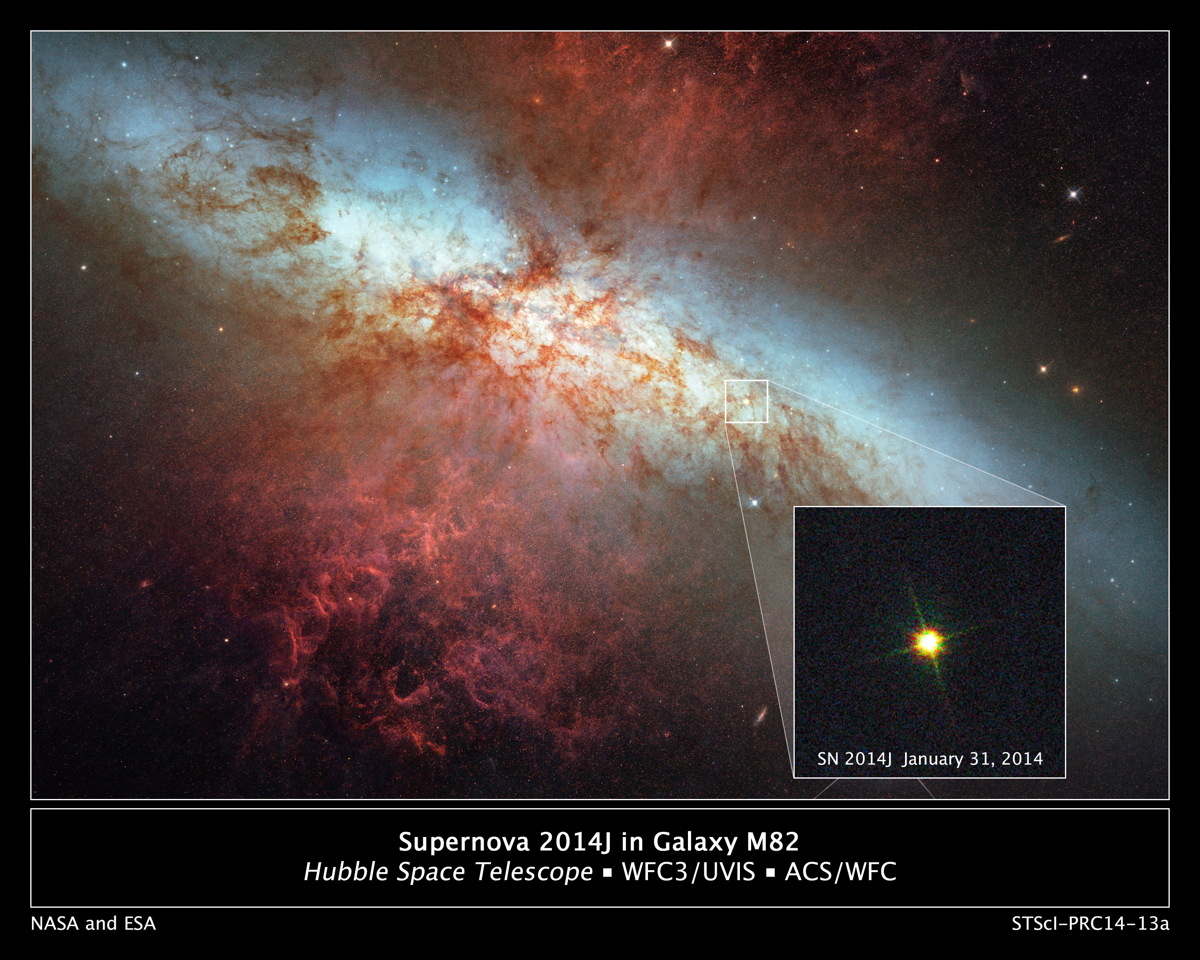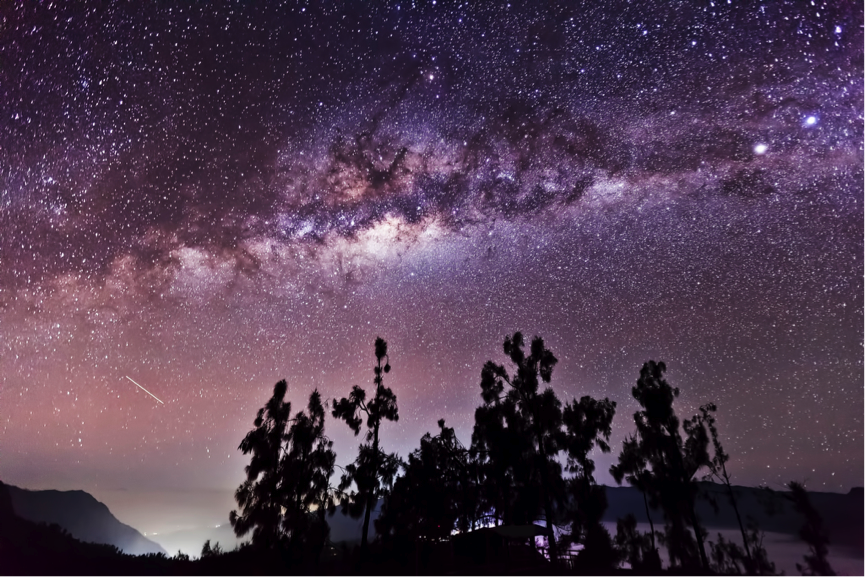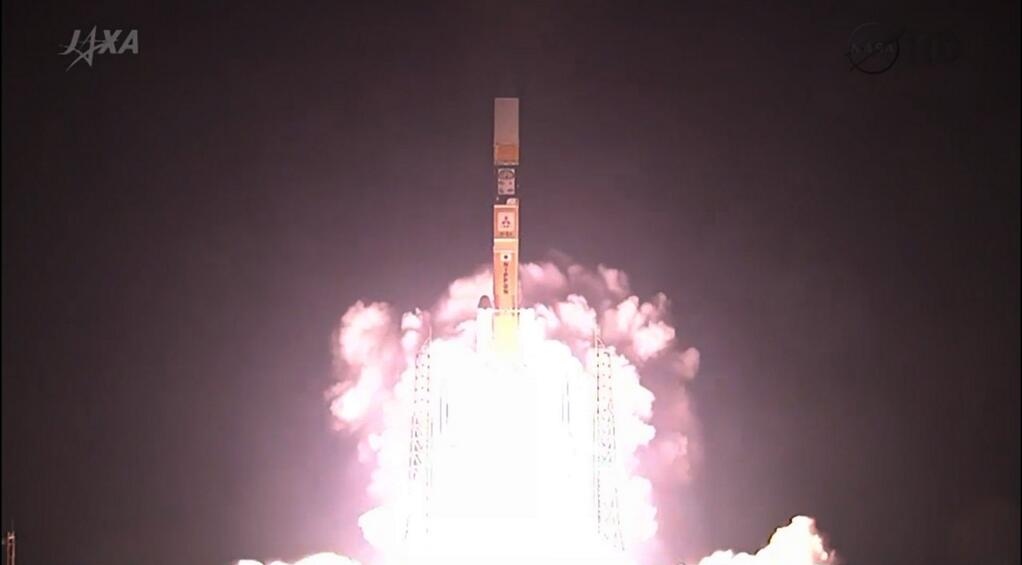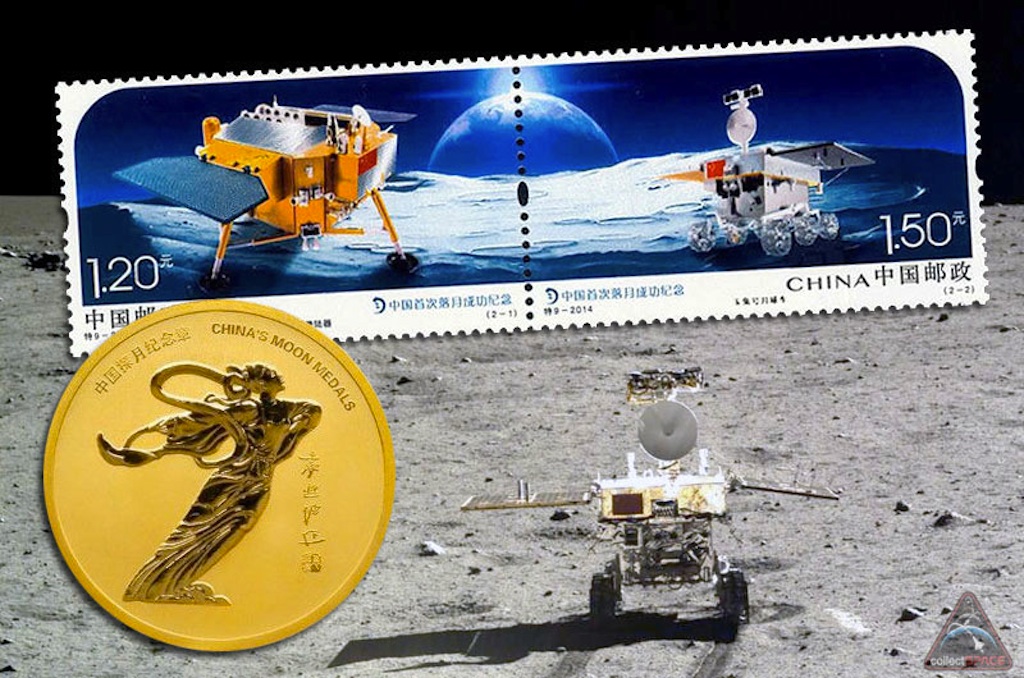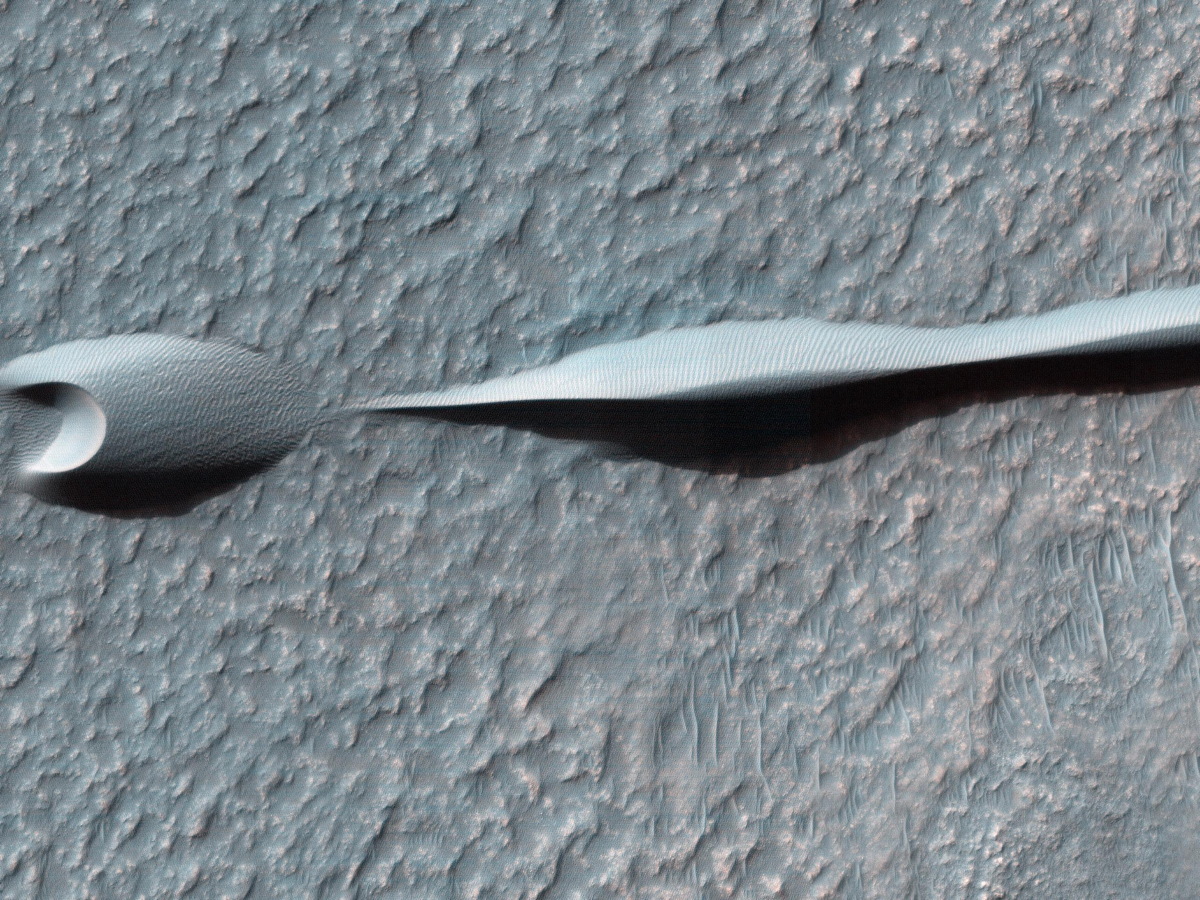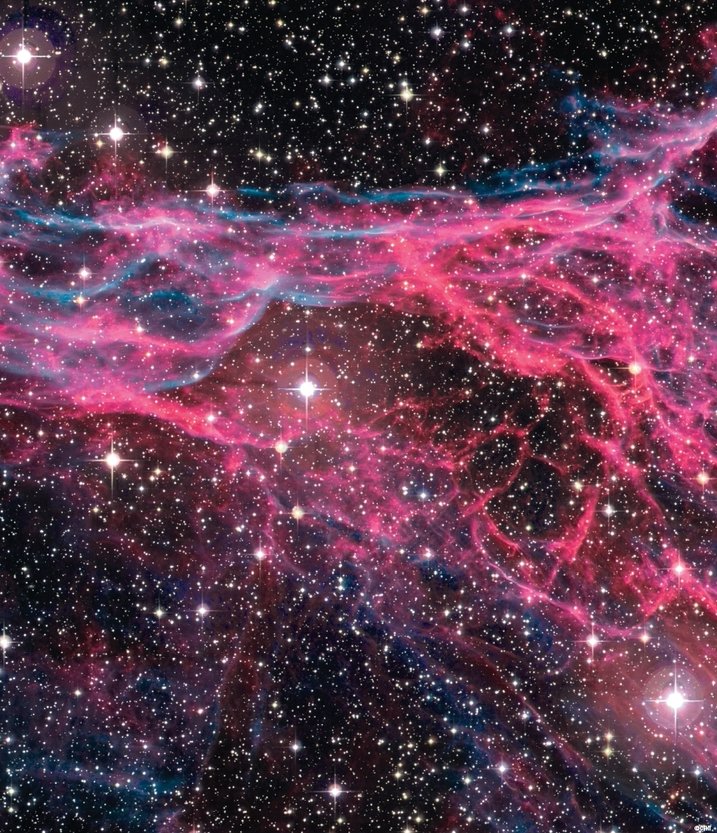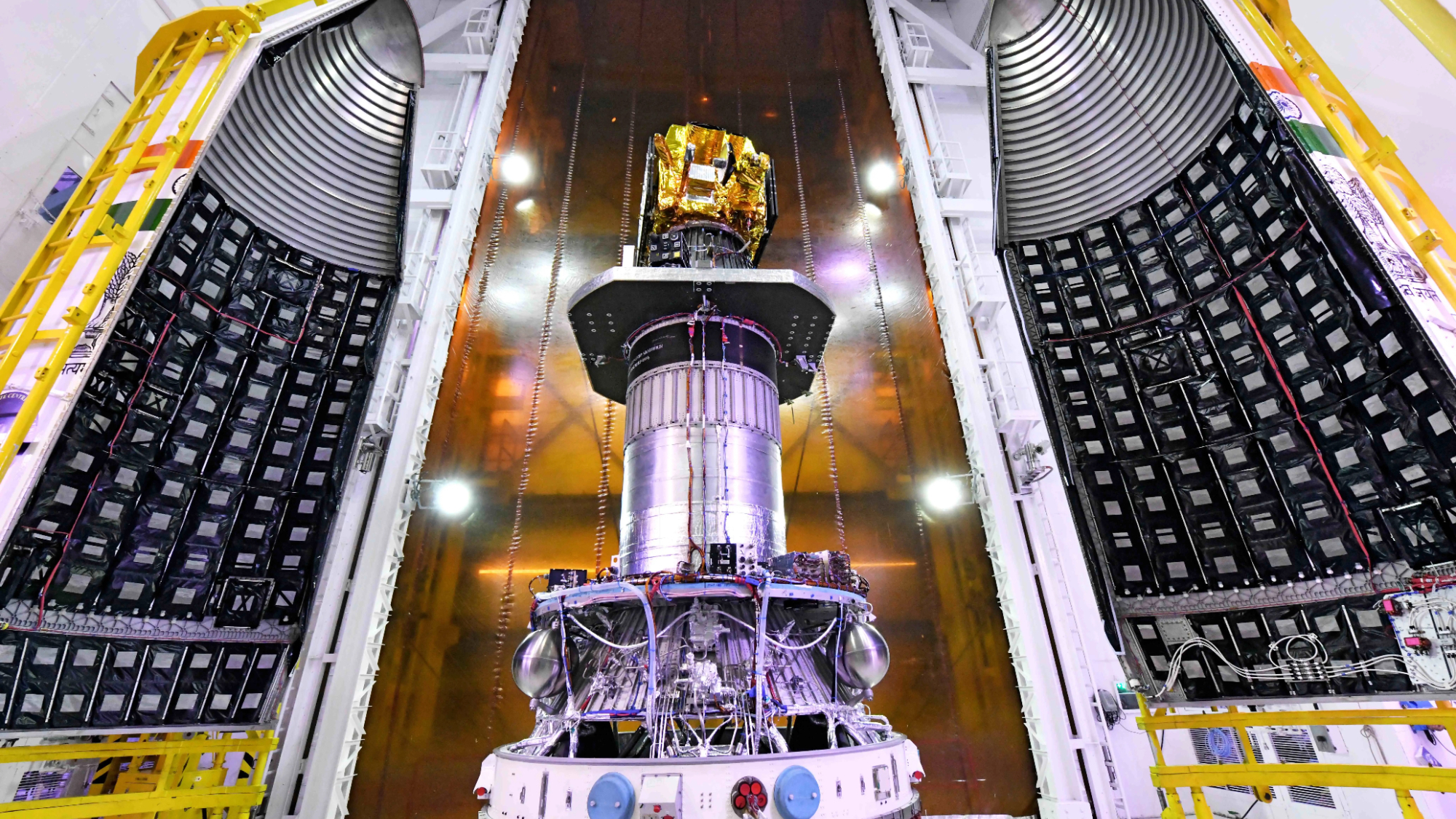Best Space Photos of the Week - March 1, 2014
NASA's Curiosity Rover Looks Up at Huge Mars Mountain (Photos)
NASA's Mars rover Curiosity has taken some dazzling new photos of the Red Planet landscape, showing in sharp detail where it's been and the long road that lies ahead. [Read the full story here.]
Hubble Zooms in on Historic Supernova SN 2014J
On Jan. 21, astronomers spotted the closest supernova in recent decades flash to life in the galaxy M82, some 11.5 million light-years from Earth. The supernova, designated SN 2014J, suddenly became a superstar as it became so bright that amateur astronomers with modest telescopes could easily pick out the stellar explosion in the night sky. Now, Hubble has slewed in the direction of M82 to snap this dreamy portrait of the historic stellar event. [Read the full story here.]
China's 'Jade Rabbit' Moon Rover Stars in Stunning Lunar Panorama (Photos)
China's first moon rover and lander appear in spectacular detail in an amazing new panoramic image of the lunar surface stitched together from photos from the Chang'e 3 mission released via the country's state-run news outlets. [Read the full story here.]
Photos: Jaw-Dropping Stargazing Views from Indonesia's Mount Bromo (Photos)
Singapore-based photographer Justin Ng is no stranger to the night sky. As a dedicated astrophotographer, he has organized space photography expeditions to Malaysia and Indonesia, with spectacular results when weather cooperates. Here, Justin sends Space.com spectacular night sky photos from a September 2013 expedition to Mount Bromo in Indonesia, as well as from earlier trips. Here: Astrophotographer Justin Ng's first shot of the beautiful Milky Way galaxy taken on April 2012 on Mount Bromo. [See More Photos]
Launch Photos: NASA's GPM Satellite Soars on Japanese Rocket
A Japanese H-2A rocket launches NASA's Global Precipitation Measurement Core Observatory satellite toward orbit from Tanegashima Space Center in Japan early Feb. 27, 2014 local time. The GPM spacecraft will track Earth's rain and snowfall like never before. [See More Photos]
World's Most Famous Scientists Reimagined in Arty Logos (Prateek Lala Gallery)
Anaximander (c. 610-546 BCE) owns the title of the world’s first physicist, as the first person to record beliefs that nature followed fixed laws. He conducted the earliest recorded experiment, and introduced the sundial and other instruments.
Photos: Space Age Postage Stamps Through History
China Post's double-pane stamps, "In Commemoration of China's First Moon Landing," and ICBC's "Lunar Probe" medals celebrate the Chang'e-3 spacecraft and Yutu rover. [See More Photos]
Breaking space news, the latest updates on rocket launches, skywatching events and more!
Japan's Spaceport: Photos from Tanegashima Space Center
A full size model of an H-II rocket is seen at the Japan Aerospace Exploration Agency’s (JAXA) Tanegashima Space Center (TNSC) visitors center a week ahead of the planned launch of an H-IIA rocket carrying the Global Precipitation Measurement (GPM) Core Observatory, Feb. 21, 2014, Tanegashima Island, Japan. [See More Photos]
Mysterious Egyptian Spiral Seen on Google Maps
To some viewers, it looks like a landing strip for extraterrestrial spacecraft — or perhaps the portal to a parallel universe, if not an ancient monument to a benevolent deity who had a keen eye for design and symmetry. [Read the full story here.]
NASA Mars Probe Snaps Stunning Photo of Red Planet Sand Dunes
Mars Reconnaissance Orbiter (MRO) spacecraft has sent over 200 terabits of data back to Earth. (1 terabit = 1000 gigabits.) On November 4, 2013, the day that MRO passed the 200-terabit mark, the floating observatory obtained this image of sand dunes on the western rim of the Hellas impact basin. [Read the full story here.]
Keep Me in the Cygnus Loop
The glowing wisps of nebula NGC 6979 resulted from a supernova, the explosion of a massive star, over 5000 years ago. The ejectedstellar gas continuously collides with gas and dust clouds of the surrounding interstellar medium, causing complex structures and colors. The nebula makes up part of the Cygnus Loop, along with Pickering's Triangular Wisp and the well-known Veil Nebula. Image released February 2014. [See More Photos]

Space.com is the premier source of space exploration, innovation and astronomy news, chronicling (and celebrating) humanity's ongoing expansion across the final frontier. Originally founded in 1999, Space.com is, and always has been, the passion of writers and editors who are space fans and also trained journalists. Our current news team consists of Editor-in-Chief Tariq Malik; Editor Hanneke Weitering, Senior Space Writer Mike Wall; Senior Writer Meghan Bartels; Senior Writer Chelsea Gohd, Senior Writer Tereza Pultarova and Staff Writer Alexander Cox, focusing on e-commerce. Senior Producer Steve Spaleta oversees our space videos, with Diana Whitcroft as our Social Media Editor.

